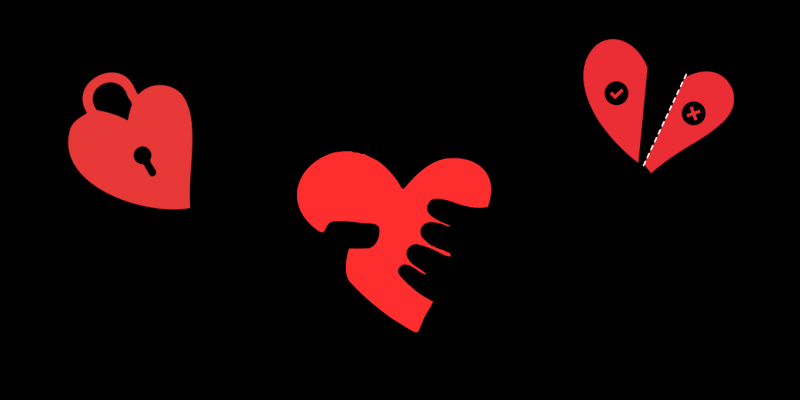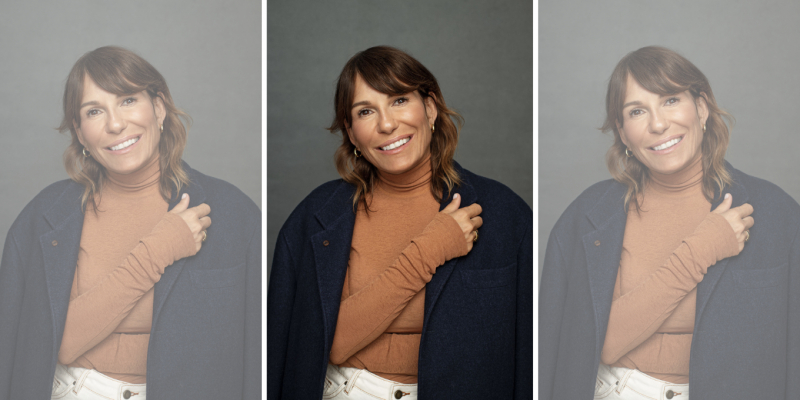Life and Love
Carried away
Carrie, Charlotte, Miranda and Samantha changed the landscape of women's lib, but did they really help our universal cause? What if the fab four really aren’t that fabulous after all? ELLECanada.com’s Marilisa Racco weighs in.
by : Marilisa Racco- Aug 3rd, 2010
Picture it: New York, 1998. Four well-dressed women are seated around a table, eating salad and discussing men. In a thick haze of cigarette smoke a wiry blonde is complaining that the man she is dating bought her an expensive purse that isn’t quite to her liking, while her privileged, attractive friend is fretting about finding The One and wails, “Where is he?! I’ve been dating since I was 15!” Meanwhile, their Harvard grad corporate friend is pretending to be a flight attendant for fear of emasculating the man she’s seeing, as their fourth cohort contemplates the financial and social advantages of sleeping with a rich septuagenarian. Somewhere an aging ERA activist weeps.
She wept for six long years as Sex and the City tore through the mainstream and women across North America gathered together on Sunday evenings to watch, rapt in the sexcapades and romantic foibles of four fictional characters shagging their way through New York, and played games to determine who in the room was the Madonna and who was the whore. It says something about the general perception of the contemporary woman in the late 1990s that these clichéd female archetypes — the romantic, the slut, the optimist and the skeptic — garnered the title of “modern feminists” despite bringing the women’s movement back about 50 years. For at the end of the day, they were four women who simply didn’t feel satisfied unless they had a man in their hearts or between their legs.
As a single woman in New York at the height of the Sex and the City craze, I too was initially blinded by the misconception that, as these women brazenly jumped from sexual partner to sexual partner, they were, in fact, bucking gender stereotypes. After all, if men could do it, why couldn’t we? It also didn’t hurt that their trysts found them wrapped in luxurious linens and surrounded by slick European design. It’s hard for sex to seem seedy when it’s done in Frette sheets and a La Perla bra hangs on the bedpost.
More on the anti-feminist message on the next page…
Spy another day: Angelina Jolie’s secret life

But as the show soldiered on and the frisky foursome grew ever more hungry for love and sex, the anti-feminist message was clear. Anytime there was a hiccup, be it illness, financial crisis or home repairs, they ran straight to a man for help. When Carrie needed money to buy her apartment she turned to her ex-boyfriend for funds; when Samantha fell ill with the flu she called a bevy of lovers to bring her a bottle of cough syrup. Charlotte consistently altered her moral principles to fit her current suitors’ tendencies, until finally she converted to Judaism so she could get hitched, while Miranda, who was as close to a “feminist” as the show ever got, still grappled with the fact that she made more money than her boyfriend. What is the difference between any of them and the long-suffering, apron-wearing Betty Draper?
Perhaps even more disconcerting was the glaring absence of heroic female figures in the characters’ lives. Not once during the show’s six-year run did any of them attribute a personal or professional success to a strong mother or an inspirational mentor. While their obvious respect and admiration for one another resonated clearly, it always struck me as sad that for four seemingly successful women, not one had an ass-kicking mother to thank or a trail-blazing gal to look up to.
For a show about wealthy, self-made women living the big life in the big city, they sure didn’t pay much respect to the legions of ladies who did it before them, which is why we have no reason to look to them for inspiration or guidance. In fact, I’d say blaze in the opposite direction and don’t turn back.
Read more:
Scene stealer: Lisa Lobsinger is the new indie-hipster siren!
ELLE Interview: Jake Gyllenhaal and his chameleon-like behaviour
Wonder woman: Katy Perry
Newsletter
Join our mailing list for the latest and biggest in fashion trends, beauty, culture and celebrity.
More from Life and Love
Read Next

Fashion
This Canadian Swimwear Brand Designed Canada’s 2024 Women’s Olympic Beach Volleyball Team Uniforms
And they're *so* good.
by : Allie Turner- Apr 24th, 2024
Fashion
The Most Iconic Looks In Met Gala History, From 1973 To Now
40 years of the night that's all about trailblazing fashion.
by : ELLE Australia- Apr 24th, 2024

Beauty
Tested and Approved: Your New Hydrating Skincare BFF
This new product has all of your skin’s thirst-quenching needs covered.
by : ELLE Canada- Apr 17th, 2024




